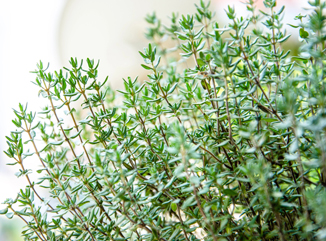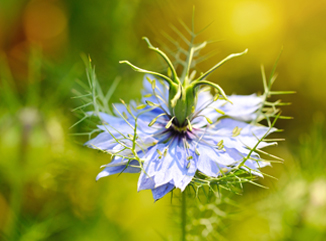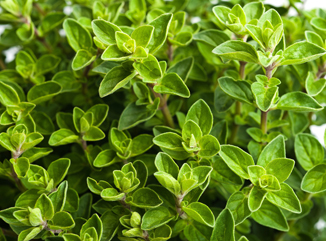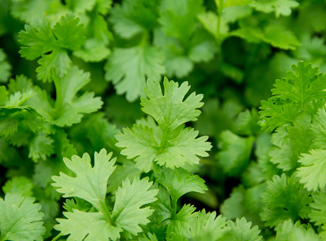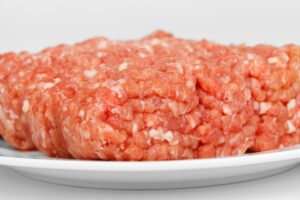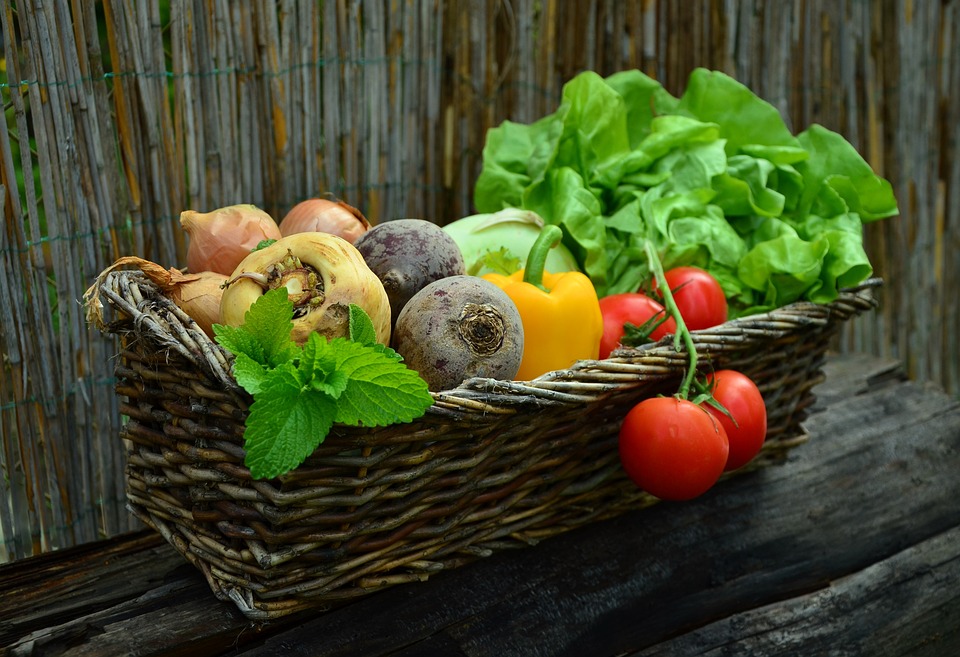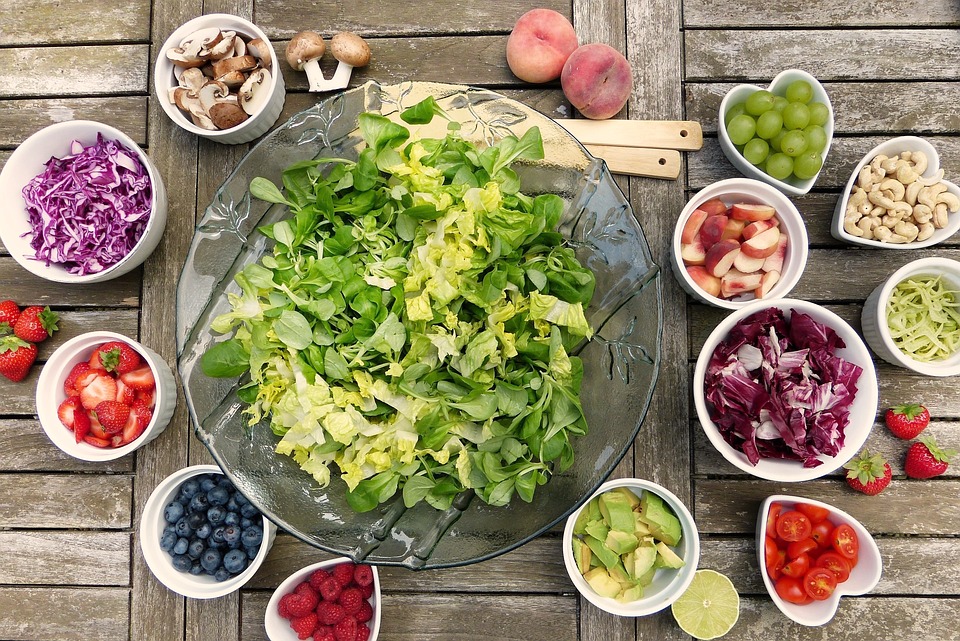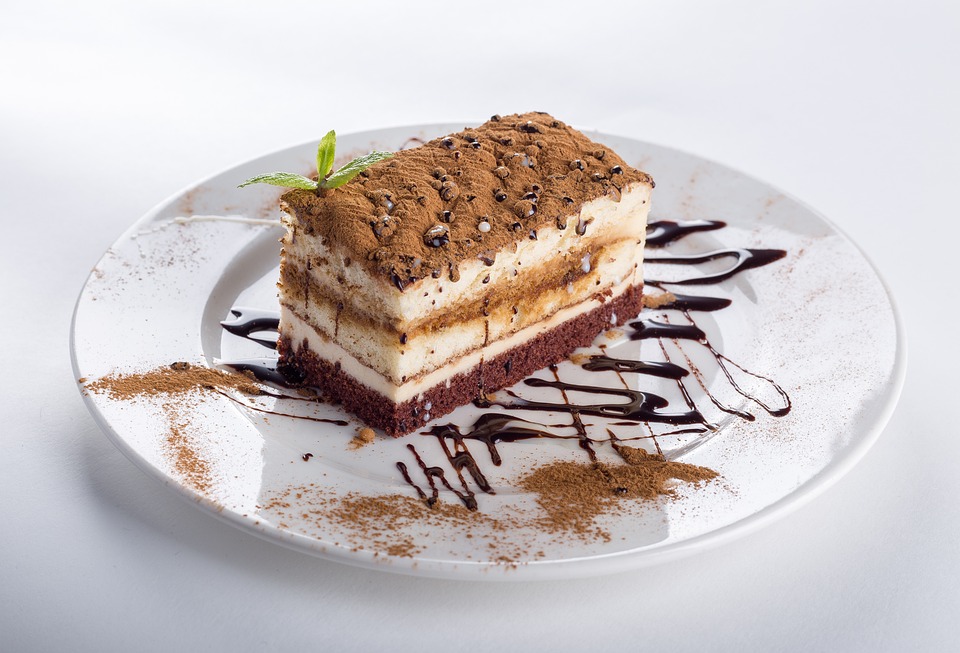1. Sowing Thyme Seeds
Timing:
Thyme can be sown indoors for early germination or directly in the garden. The ideal times are:
- Indoor pre-sowing: February to April.
- Direct sowing outdoors: April to June.
Step-by-step guide for sowing:
- Preparing the seeds: Thyme seeds are very small and do not require any special preparation, such as soaking.
- Soil requirements: Thyme prefers light, well-drained, sandy soils. The soil pH should be slightly alkaline to neutral. For pots, a mix of cactus soil and regular potting soil is ideal.
- Sowing:
- Scatter the thyme seeds thinly on the surface of the soil.
- Press the seeds gently into the soil, but do not cover them with earth, as thyme is a light germinator.
- Watering: Gently mist the seeds with a spray bottle to keep the soil moist. Avoid waterlogging at all costs.
- Germination temperature: The optimal temperature for germination is 15–20°C (59–68°F).
- Location: Place the container in a bright spot but avoid direct sunlight during germination.
- Germination time: Germination typically takes about 14–28 days.
2. Pricking out and transplanting
- Pricking out: Once the seedlings are about 4 cm tall and have developed 2–4 true leaves, they can be carefully pricked out and transplanted into individual pots or directly outdoors.
- Transplanting outdoors:
Wait until all risk of frost has passed (around May). Choose a sunny, sheltered spot. - Spacing: In the garden, maintain a planting distance of 25–30 cm (10–12 inches) to allow thyme to spread.
3. Caring for Thyme
- Watering:
Thyme prefers dry conditions. Water it moderately and wait for the top layer of soil to dry out before watering again. Always avoid waterlogging, as thyme is sensitive to wet feet. - Fertilizing:
Thyme requires little nutrition. A yearly application of compost in spring is usually sufficient. Avoid nitrogen-rich fertilizers as they can negatively impact the flavor of the leaves. - Pruning:
To encourage bushy growth, thyme can be pruned regularly. After flowering (July to August), it’s recommended to trim it back to keep the plant compact. However, never cut into old wood, as thyme recovers poorly from that.
4. Overwintering
- Winter hardiness:
Thyme is hardy down to around -15°C (5°F) but should be protected with straw or leaves in harsh winters, especially young plants or those in areas with severe frost. - Potted thyme:
Thyme grown in pots should be moved to a frost-free but cool spot (e.g., an unheated conservatory or cellar window) during winter. The location should be bright, and the plant needs occasional watering, even in winter.
5. Harvesting
- Timing:
Thyme can be harvested year-round, but the leaves are most aromatic just before flowering. Cut entire stems instead of just picking individual leaves to avoid weakening the plant. - Drying and storage:
Thyme can be used fresh or dried. To dry, bundle the stems and hang them upside down in a warm, shaded place. Once dry, the leaves can be stripped off the stems and stored in airtight containers.
Tips and Tricks:
- Mulching: A mulch layer of sand or gravel helps keep the soil loose and dry, which is particularly beneficial for thyme.
- Garden companions: Thyme pairs well in herb gardens and can be used as an underplanting for roses or lavender. It attracts bees, making it a valuable plant for pollination support in your garden.
- Pests: Thyme is rarely affected by pests because its essential oils deter many insects. However, in rare cases, aphids or spider mites can appear, often due to too much moisture.

